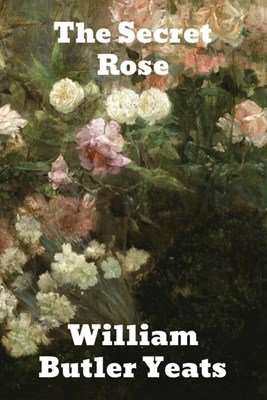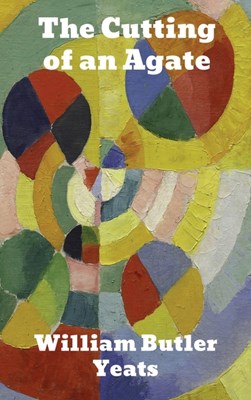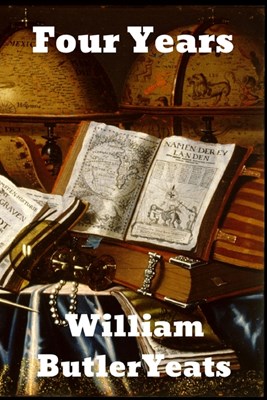About William Butler Yeats
William Butler Yeats[a] (13 June 1865 - 28 January 1939) was an Irish poet and one of the foremost figures of 20th-century literature. A pillar of the Irish literary establishment, he helped to found the Abbey Theatre, and in his later years served two terms as a Senator of the Irish Free State. He was a driving force behind the Irish Literary Revival along with Lady Gregory, Edward Martyn and others. Yeats was born in Sandymount, Ireland, and educated there and in London. He spent childhood holidays in County Sligo and studied poetry from an early age, when he became fascinated by Irish legends and the occult. These topics feature in the first phase of his work, which lasted roughly until the turn of the 20th century. His earliest volume of verse was published in 1889, and its slow-paced and lyrical poems display debts to Edmund Spenser, Percy Bysshe Shelley, and the poets of the Pre-Raphaelite Brotherhood. From 1900, his poetry grew more physical and realistic. He largely renounced the transcendental beliefs of his youth, though he remained preoccupied with physical and spiritual masks, as well as with cyclical theories of life. In 1923, he was awarded the Nobel Prize in Literature. William Butler Yeats was born in Sandymount in County Dublin, Ireland.[1] His father, John Butler Yeats (1839-1922), was a descendant of Jervis Yeats, a Williamite soldier, linen merchant, and well-known painter, who died in 1712.[2] Benjamin Yeats, Jervis's grandson and William's great-great-grandfather, had in 1773[3] married Mary Butler[4] of a landed family in County Kildare.[5] Following their marriage, they kept the name Butler. Mary was of the Butler of Neigham (pronounced Nyam) Gowran family, descended from an illegitimate brother of the 8th Earl of Ormond.[6] At the time of his marriage, William's father, John Yeats, was studying law, but would later pursue art studies at Heatherley School of Fine Art, in London.[7] William's mother, Susan Mary Pollexfen, came from Sligo, from a wealthy merchant family, which owned a milling and shipping business. Soon after William's birth, the family relocated to the Pollexfen home at Merville, Sligo, to stay with her extended family, and the young poet came to think of the area as his childhood and spiritual home. Its landscape became, over time, both literally and symbolically, his country of the heart.[8] So too did its location by the sea; John Yeats stated that by marriage with a Pollexfen, we have given a tongue to the sea cliffs.[9] The Butler Yeats family were highly artistic; his brother Jack became an esteemed painter, while his sisters Elizabeth and Susan Mary-known to family and friends as Lollie and Lily-became involved in the Arts and Crafts movement




